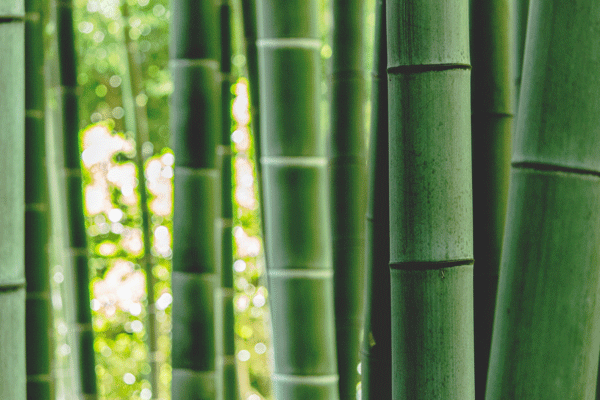Step into the heart of Bali’s rich biodiversity, where one plant, in particular, stands out – bamboo. In this exciting journey, we’re set to explore the water-resisting abilities of bamboo, its profound connection to Balinese culture, and its unique embodiment in the Pablo Luna Jewelry collection. So come along and delve into the fascinating world of bamboo and discover the science behind this versatile marvel of nature!
The Science Behind Bamboo’s Waterproof Nature
To comprehend bamboo’s water resistance, we first need to explore its structural properties. Although bamboo appears hollow and lightweight, it is embedded with lignin and silica that grant it high resilience against water. The waxy outer layer of bamboo stalks also prevents water absorption, effectively providing a natural water-resistant shield. From boat construction to waterproof containers, this unusual trait facilitates bamboo’s application in a variety of water-exposed contexts.
Bali: A Bamboo-rich Haven
Bamboo is an integral part of Bali’s natural and cultural ecology. Due to its ability to thrive in the region’s tropical climate and its inherent water resistance, bamboo is extensively used in Balinese crafts. These crafts include rafts, waterproof containers, and traditional buildings – each displaying the adaptive and practical attributes of bamboo and adding to the rich artistic repertoire of the island.
Pablo Luna’s Bamboo Jewelry: A Union of Science and Art
Pablo Luna Jewelry has designed a stunning bamboo collection that echoes the spirit of Bali. Each meticulously crafted piece — whether it’s a necklace, bracelet, or earrings — capitalizes on bamboo’s resilience. This not only increases their durability in the humid Balinese climate but also adds an element of timeless sophistication.
Bamboo’s Environmental Contribution
Beyond its practical usage, bamboo also plays an essential role in environmental conservation in Bali. Bamboo’s extensive root system aids in soil preservation and water management, crucial factors in maintaining a balanced ecosystem. This unique attribute has led organizations like the Bamboo Village Initiative (BVI) to use bamboo as an effective tool for tackling environmental challenges such as climate change and sustainable rural livelihoods.
Bamboo’s Impact on Waterproof Architecture
Bamboo’s strength and its inherent waterproof property have profoundly impacted the architecture industry in Bali. This can be observed in the creation of water-resistant structures such as bamboo houses and resorts, designed to withstand Bali’s heavy rainfall. These revolutionary buildings showcase bamboo’s potential in sustainable and resilient construction.
Bamboo: Shaping a Water-Resistant Future
Bali’s steadfast commitment to sustainability places bamboo in a pivotal role, especially due to its natural water resistance. Current research and the formulation of international bamboo usage standards hint towards a future where bamboo can potentially revolutionize the construction of water-resistant infrastructure, thus making a significant contribution to a resilient and sustainable future.
Conclusion
This exploration into bamboo’s water resistance and its deep-rooted connections to Bali has unveiled some compelling insights. From the innovative bamboo jewelry collections of Pablo Luna Jewelry to the environmental strides made by the Bamboo Village Initiative, Bali stands at the forefront of the bamboo revolution. As we continue to unearth new applications for bamboo and harness its unique attributes, we are increasingly inspired to envisage a more sustainable and water-resistant world.
During your next expedition through Bali’s thriving jungles, spare a moment to admire the resilient bamboo. It’s a testament to nature’s adaptability and human ingenuity. Let the spirit of sustainability, embodied by the Balinese artisans and environmental advocates, and the unique attributes of bamboo, inspire you towards a greener, more resilient future.



